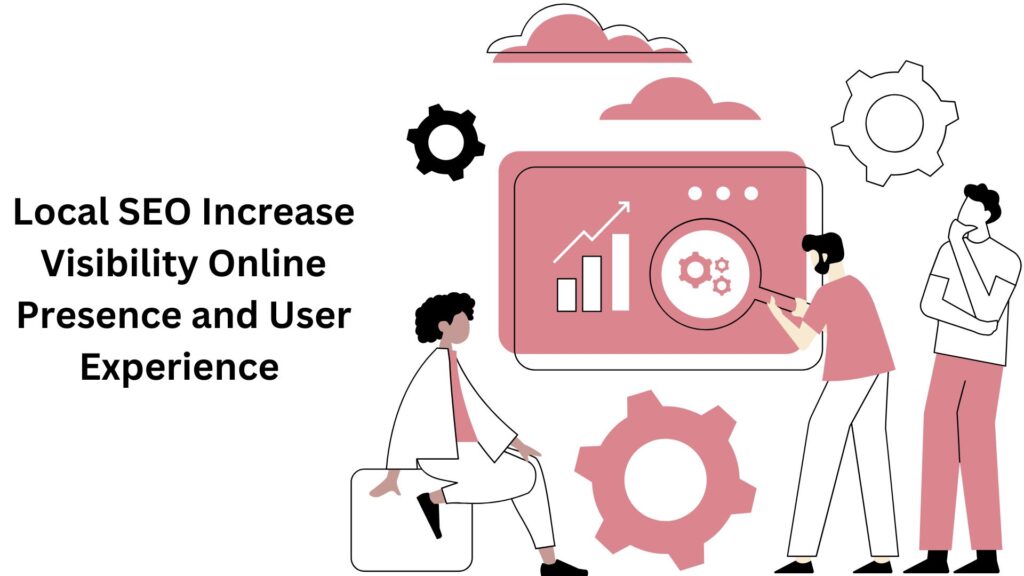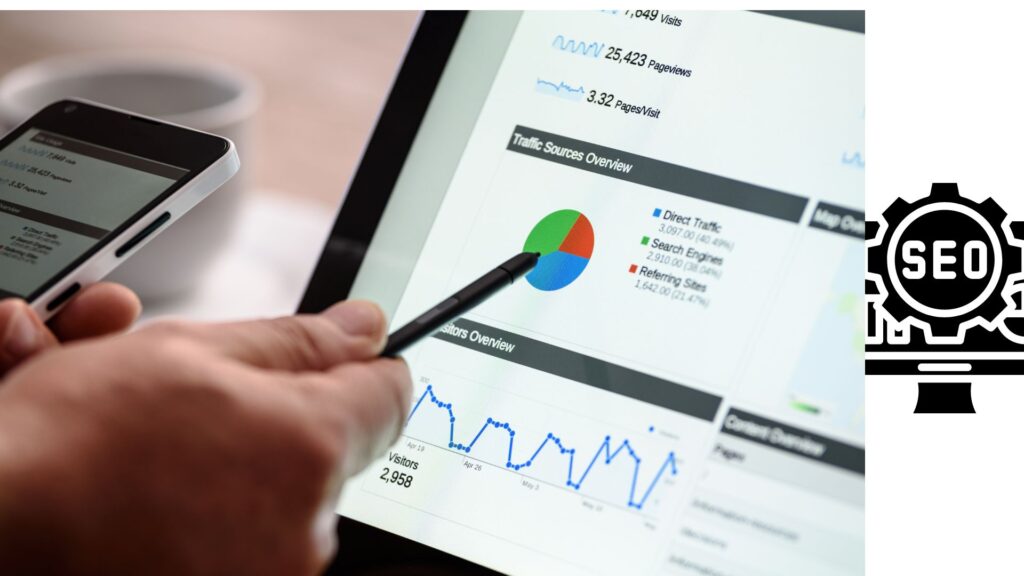Local SEO (Local Search Engine Optimization)
Local SEO is the optimization of a website and its content to improve its visibility and online presence in the local search engine results. Its benefits are:
- helps to increase visibility and online presence
- leads to more traffic.
- higher conversion rates
- improved brand awareness
The optimization process includes: - website content
- meta tags
- meta descriptions
- building backlinks
- creating local listings
- encouraging customer reviews
Optimizing Google My Business (GMB)
GMB is a free tool offered by Google. It helps local businesses to manage their online presence across Google, including Search and Maps. Optimizing your GMB listing is an integral part of Local SEO. Here are some tips for setting up and managing your GMB listing:
Verify your business
Provide Google with your business name, address, and phone number. The accuracy of your listing is important.
Optimize your business information
Provide hours of operation, services offered, and contact information.
Add photos and videos
This helps people see your business and your products or services.
Encourage customer reviews
Positive reviews can enhance your visibility and online presence in local search results.
Respond to customer reviews
This shows that you are engaged with your customers and helps to build trust.
Track your listing
This is to ensure that all the information is accurate and up-to-date.
Use Google post
Share information like upcoming events, sales and promotions, and products or services.
Use Google insights
To track the performance of your GMB listing and use the data to make informed decisions.
Building Local Citations
What are local citations?
Local citations are online mentions of your business’s NAP on other websites. Examples of local citations include business directories, social media profiles, and review sites. Directories and review sites are local citations. They can improve your visibility and online presence in local search results.
How to build local citations?
- Create a business listing on Google My Business, Bing Places, and Yahoo Local.
- Submit your business to local directories and review sites such as Yelp, TripAdvisor, and Yellow Pages.
- Make sure your business information is consistent across all local citations.
- Engage with your customers and ask them to leave reviews on your local citations.
- Make sure your website has correct and updated NAP information. Include links to your local citations on your website.
Local citations improve your visibility and online presence in the local search engine results.

Optimizing On-Page Elements
Tips for optimizing your website’s title tags, meta descriptions, and content:
Optimize your title tags
Title tags should be unique, and descriptive. It must include your primary keyword.
Optimize your meta descriptions
Short summaries under the title tags in the search engine results. It should be unique and include your primary keyword.
Optimize your content
Including your primary keyword in the title, the body, and the meta tags.
Use structured data
Schema markup to help search engines understand the content on your webpage.
Optimize for voice search
Optimization includes natural language and keywords
Use internal linking
To link to other pages on your website. This helps to improve the navigation and the user experience.
Optimize your images
Using file names, alt tags, and captions. The above efforts help to increase visibility, online presence, and user experience.

Backlinks
How to build backlinks?
- Include backlinks from other websites with the same niche.
- Creating shareable, high-quality content that other websites will want to link to.
- Create shareable content like infographics, videos, and other media. Link them with other websites of the same niche.
- Guest posting on other websites in your niche
- Encourage satisfied customers to post reviews of your business on other websites.
Backlinks improve your visibility and online presence in the local search engine results. It’s important to reach out to other websites in your niche. Create a blog and share high-quality content that others will want to link to.
Tracking and analyzing
Here are some tools to track your local SEO:
- Google Analytics – free
- Google Search Console – free
- SEMrush – paid
- Ahrefs – paid
- Moz – paid
The free tools allow you to track your website’s traffic including:
- the number of visitors
- bounce rate
- conversion rate.
- sources of your traffic, including organic search, direct traffic, and referral traffic.
The paid tools:
- allow you to track your website’s performance in search engine results.
- Tracks competitors’ performance.
- tracks your website’s backlinks and your competitors’ backlinks.
Tracking and analyzing your local SEO efforts help to adjust your local SEO strategies. You will identify your website’s and competitors’ performance.
Conclusion
Local SEO is an essential aspect of any small business’s online presence. It can increase visibility, traffic, conversion rates, and brand awareness.
By following the above steps, you can improve your local SEO and reach your target audience more. Local SEO helps to target the local audience. Tracking and analyzing help you understand the effectiveness of your strategy.
Remember, Local SEO is a long-term and ongoing process. It requires consistent effort and attention. By implementing the right strategies, you can improve your online visibility and reach more customers in your local area.


